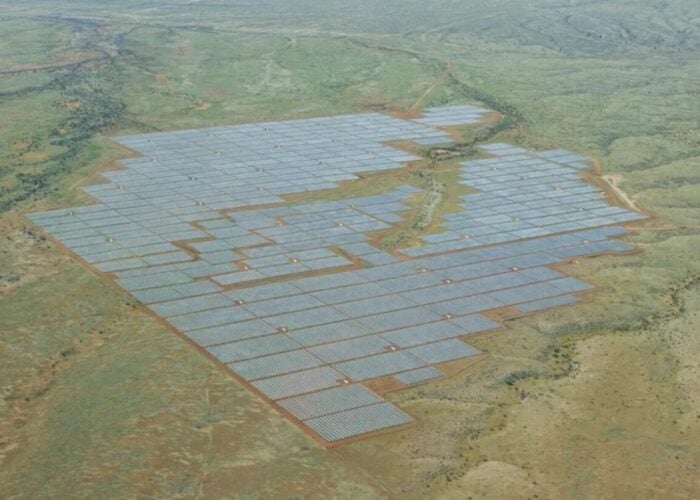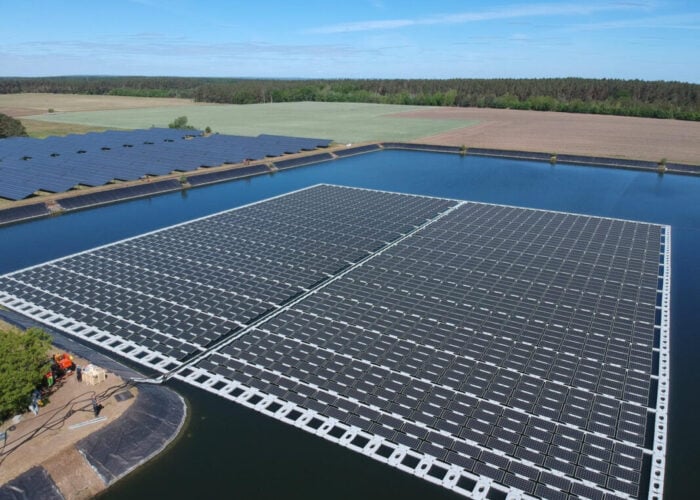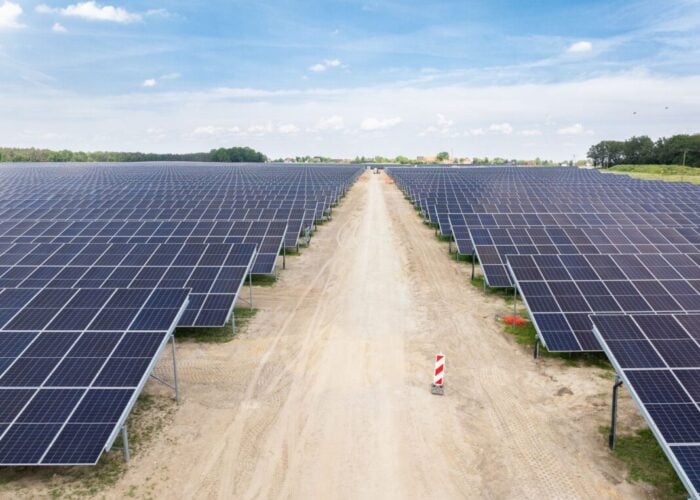Sunovia Energy Technologies and EPIR Technologies have completed the design and construction of a closed space sublimation (CSS) system for fabrication of polycrystalline cadmium telluride (CdTe) solar cell devices. The partner companies, which recently expanded their R&D and pilot line facilities in Illinois, are developing an ultra-high-efficiency, low-cost CdTe-on-silicon PV device based on single-crystal CdTe instead of the polycrystalline material commonly used in CdTe panels.
Siva Sivananthan, founder/CEO of EPIR, is bullish on the CdTe/Si technology. “We now know that two-junction CdTe-on-silicon devices can reach efficiencies comparable to those of three-junction III-V solar cells on the market today, so the fabrication of three-junction and inverted three-junction CdTe-based devices have the potential to achieve efficiencies greater than 50%. In addition, multijunction CdTe/Si photovoltaic devices can be manufactured at a fraction of the cost of the existing III-V solar cells.”
Unlock unlimited access for 12 whole months of distinctive global analysis
Photovoltaics International is now included.
- Regular insight and analysis of the industry’s biggest developments
- In-depth interviews with the industry’s leading figures
- Unlimited digital access to the PV Tech Power journal catalogue
- Unlimited digital access to the Photovoltaics International journal catalogue
- Access to more than 1,000 technical papers
- Discounts on Solar Media’s portfolio of events, in-person and virtual
“Our technology combines high quality, single-crystal CdTe with silicon substrates for high-efficiency, two- and three-junction solar cells,” he adds. “We already have a baseline silicon solar cell fabrication process in-house that results in over 15% efficiency. Setting up the CSS now gives us the baseline CdTe process, which furthers our extensive understanding of II-VI materials and solar cells and allows us to accelerate the commercialization of our CdTe/Si products.”
Timothy Coutts, former NREL Fellow and founder of the device development group at the national lab, points out that “EPIR is well known in the field of infrared detectors and they are now using this expertise to develop a novel photovoltaic technology. This tool gives EPIR state-of-the-art research ability in polycrystalline CdTe in addition to its already industry-leading single-crystal CdTe on silicon epitaxial layer growth and device fabrication capabilities.
“Deposition rates using CSS are very high compared to other thin-film deposition techniques, making the CSS process ideal for high-volume manufacturing,” said Coutts.
Market leader First Solar uses a high-throughput technique called vapor-transfer deposition (a similar process to CSS) on its CdTe panel manufacturing lines, while Abound Solar employs another rapid processing technology known as heated pocket deposition in its CdTe production.






